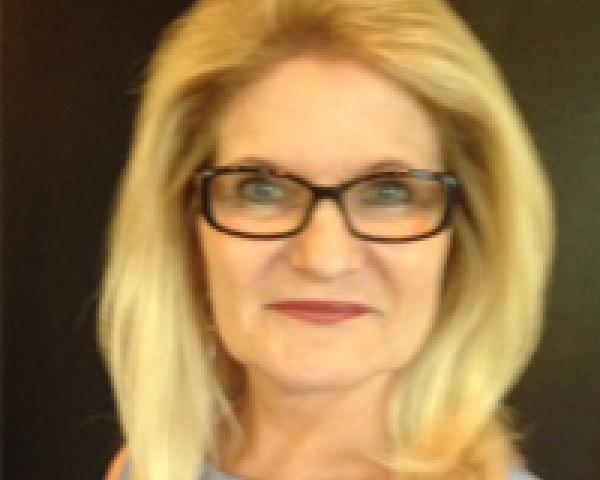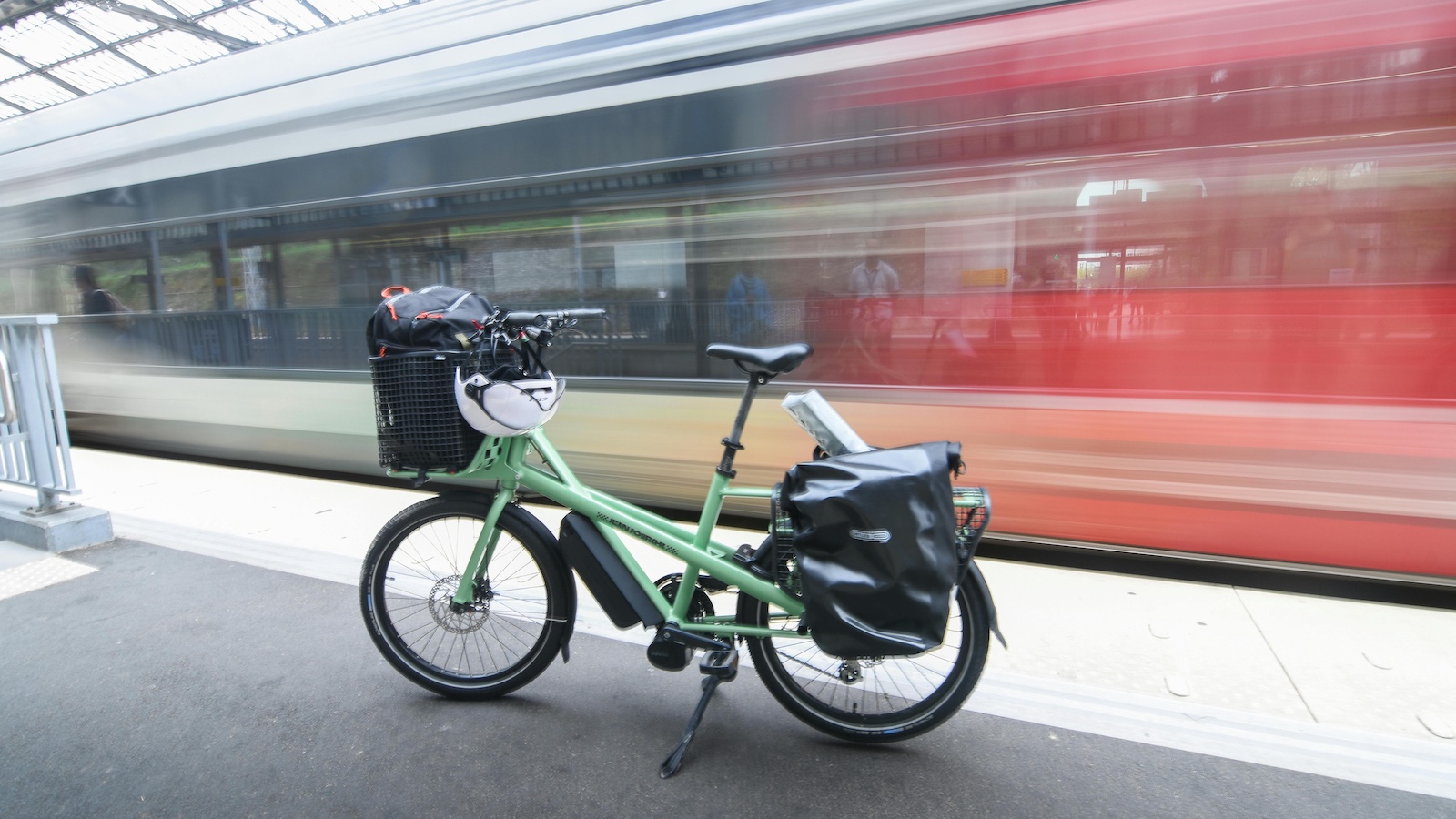 So the question of value is two-pronged. Is it enough that the policy has value to the policyholder? Should our model of microinsurance as it pertains to U.S. non-standard auto not also assess if the product has value to the driving public?
A dilemma is presented when current non-standard insurers argue that the sale of their policies is the panacea for the uninsured motorist problem. They state that, without these affordable policies, the uninsured motorist rate will surely increase. I would argue that it depends upon how the rate is derived.
Statistics from, say, Texas Sure, report only insured vehicles. But there is no way to track the “functionally insured” -- those drivers who are driving a vehicle that is insured, while the driver is not.
Another issue is the restriction on business use contained in some non-standard policies. Standard personal auto policies allow some business, but some non-standard policies exclude all business use.
This treatment of business use raises the question: Are we overlooking the issue of “Who is the customer?” The customer may be the landscaper, construction worker or tradesman who uses his vehicle to carry his tools and drive from one site to another. Often, only after an accident, does the policyholder learn that he has no coverage because the insurer sees a placard on the driver’s door and denies coverage because of "business use" of the vehicle.
This scenario runs counter to the principles of effective microinsurance; the policies restrict coverage so severely that they may have little value to the customer.
Is the Non-Standard Auto Product Efficient?
Efficiency is an area where significant progress has been made in the auto market in general. And the non-standard market has enjoyed these efficiencies. Where premiums are purportedly lower, administrative costs have to be low.
Automation means applications can be generated and signed in the agent’s office on a signature pad, premiums can be collected and credited to the policy instantly to bind the coverage, vehicle photos can be uploaded to the underwriting file, polices can be sent automatically without effort by the agent, and notices such as renewals are automatically generated. Automation also allows for policy self-service via online or by phone, which is encouraged to keep costs down.
Efficiency occurs when insurers encourage agents to sell the policies and leave the customer service— telephone payments or policy changes--to the insurer’s customer service department. Not tying up the agent maximizes cash flow.
The Challenge
Without getting too deep into the political mire: Progress is likely to be hindered by the lack of an immigration policy and inconsistency from state to state on immigration issues. For example, state legislatures decide whether to grant driver's licenses to immigrants, and the question often evokes emotional responses.
From a business standpoint, licensing drivers would help capture driving history. Traditional underwriting criteria are not useful when there is no DMV record for an applicant or resources for reasonable evaluation of the risk. Driver’s licenses give insurers access to driver information, which allows for each driver to be rated on his driving history, not his nationality.
Neither from a business opportunity standpoint, nor from a social responsibility standpoint, should we ignore the potential of the foreign-born U.S. resident. Some insurers have grown exponentially in this market under the existing policies, terms and lack of underwriting information. But is the kind of growth the industry desires—after reflecting on some of this issues raised in this article?
Consider that these policyholders may eventually rise above the need for minimum-limit, restricted coverage policies. Most of these individuals are here to stay, grow their families and possibly build their own businesses. If properly serviced, a company could develop a pipeline of ready applicants for more standard products, including renters or homeowners insurance and commercial insurance. These customers of tomorrow promise to be untapped potential worth further investigation.
While he was not referring to domestic use of microinsurance, Chmiewlewski ‘s thought-provoking introduction to the topic begs to be given consideration in the non-standard auto market, especially as it relates to foreign-born unlicensed drivers in the U.S. In “Microinsurance 101,” he lays out the challenge:
“Microinsurance products have proven helpful when the product and delivery are tailored to the specific needs of the policyholder, and when the policyholder is educated to understand the value and limitations of the specific policy.”
With no easy answers, this is perhaps a place to start.
So the question of value is two-pronged. Is it enough that the policy has value to the policyholder? Should our model of microinsurance as it pertains to U.S. non-standard auto not also assess if the product has value to the driving public?
A dilemma is presented when current non-standard insurers argue that the sale of their policies is the panacea for the uninsured motorist problem. They state that, without these affordable policies, the uninsured motorist rate will surely increase. I would argue that it depends upon how the rate is derived.
Statistics from, say, Texas Sure, report only insured vehicles. But there is no way to track the “functionally insured” -- those drivers who are driving a vehicle that is insured, while the driver is not.
Another issue is the restriction on business use contained in some non-standard policies. Standard personal auto policies allow some business, but some non-standard policies exclude all business use.
This treatment of business use raises the question: Are we overlooking the issue of “Who is the customer?” The customer may be the landscaper, construction worker or tradesman who uses his vehicle to carry his tools and drive from one site to another. Often, only after an accident, does the policyholder learn that he has no coverage because the insurer sees a placard on the driver’s door and denies coverage because of "business use" of the vehicle.
This scenario runs counter to the principles of effective microinsurance; the policies restrict coverage so severely that they may have little value to the customer.
Is the Non-Standard Auto Product Efficient?
Efficiency is an area where significant progress has been made in the auto market in general. And the non-standard market has enjoyed these efficiencies. Where premiums are purportedly lower, administrative costs have to be low.
Automation means applications can be generated and signed in the agent’s office on a signature pad, premiums can be collected and credited to the policy instantly to bind the coverage, vehicle photos can be uploaded to the underwriting file, polices can be sent automatically without effort by the agent, and notices such as renewals are automatically generated. Automation also allows for policy self-service via online or by phone, which is encouraged to keep costs down.
Efficiency occurs when insurers encourage agents to sell the policies and leave the customer service— telephone payments or policy changes--to the insurer’s customer service department. Not tying up the agent maximizes cash flow.
The Challenge
Without getting too deep into the political mire: Progress is likely to be hindered by the lack of an immigration policy and inconsistency from state to state on immigration issues. For example, state legislatures decide whether to grant driver's licenses to immigrants, and the question often evokes emotional responses.
From a business standpoint, licensing drivers would help capture driving history. Traditional underwriting criteria are not useful when there is no DMV record for an applicant or resources for reasonable evaluation of the risk. Driver’s licenses give insurers access to driver information, which allows for each driver to be rated on his driving history, not his nationality.
Neither from a business opportunity standpoint, nor from a social responsibility standpoint, should we ignore the potential of the foreign-born U.S. resident. Some insurers have grown exponentially in this market under the existing policies, terms and lack of underwriting information. But is the kind of growth the industry desires—after reflecting on some of this issues raised in this article?
Consider that these policyholders may eventually rise above the need for minimum-limit, restricted coverage policies. Most of these individuals are here to stay, grow their families and possibly build their own businesses. If properly serviced, a company could develop a pipeline of ready applicants for more standard products, including renters or homeowners insurance and commercial insurance. These customers of tomorrow promise to be untapped potential worth further investigation.
While he was not referring to domestic use of microinsurance, Chmiewlewski ‘s thought-provoking introduction to the topic begs to be given consideration in the non-standard auto market, especially as it relates to foreign-born unlicensed drivers in the U.S. In “Microinsurance 101,” he lays out the challenge:
“Microinsurance products have proven helpful when the product and delivery are tailored to the specific needs of the policyholder, and when the policyholder is educated to understand the value and limitations of the specific policy.”
With no easy answers, this is perhaps a place to start.
Microinsurance Model in Non-Standard Auto?
Can we learn from microinsurance programs and make auto insurance accessible to foreign-born, non-licensed residents in the U.S.?

 So the question of value is two-pronged. Is it enough that the policy has value to the policyholder? Should our model of microinsurance as it pertains to U.S. non-standard auto not also assess if the product has value to the driving public?
A dilemma is presented when current non-standard insurers argue that the sale of their policies is the panacea for the uninsured motorist problem. They state that, without these affordable policies, the uninsured motorist rate will surely increase. I would argue that it depends upon how the rate is derived.
Statistics from, say, Texas Sure, report only insured vehicles. But there is no way to track the “functionally insured” -- those drivers who are driving a vehicle that is insured, while the driver is not.
Another issue is the restriction on business use contained in some non-standard policies. Standard personal auto policies allow some business, but some non-standard policies exclude all business use.
This treatment of business use raises the question: Are we overlooking the issue of “Who is the customer?” The customer may be the landscaper, construction worker or tradesman who uses his vehicle to carry his tools and drive from one site to another. Often, only after an accident, does the policyholder learn that he has no coverage because the insurer sees a placard on the driver’s door and denies coverage because of "business use" of the vehicle.
This scenario runs counter to the principles of effective microinsurance; the policies restrict coverage so severely that they may have little value to the customer.
Is the Non-Standard Auto Product Efficient?
Efficiency is an area where significant progress has been made in the auto market in general. And the non-standard market has enjoyed these efficiencies. Where premiums are purportedly lower, administrative costs have to be low.
Automation means applications can be generated and signed in the agent’s office on a signature pad, premiums can be collected and credited to the policy instantly to bind the coverage, vehicle photos can be uploaded to the underwriting file, polices can be sent automatically without effort by the agent, and notices such as renewals are automatically generated. Automation also allows for policy self-service via online or by phone, which is encouraged to keep costs down.
Efficiency occurs when insurers encourage agents to sell the policies and leave the customer service— telephone payments or policy changes--to the insurer’s customer service department. Not tying up the agent maximizes cash flow.
The Challenge
Without getting too deep into the political mire: Progress is likely to be hindered by the lack of an immigration policy and inconsistency from state to state on immigration issues. For example, state legislatures decide whether to grant driver's licenses to immigrants, and the question often evokes emotional responses.
From a business standpoint, licensing drivers would help capture driving history. Traditional underwriting criteria are not useful when there is no DMV record for an applicant or resources for reasonable evaluation of the risk. Driver’s licenses give insurers access to driver information, which allows for each driver to be rated on his driving history, not his nationality.
Neither from a business opportunity standpoint, nor from a social responsibility standpoint, should we ignore the potential of the foreign-born U.S. resident. Some insurers have grown exponentially in this market under the existing policies, terms and lack of underwriting information. But is the kind of growth the industry desires—after reflecting on some of this issues raised in this article?
Consider that these policyholders may eventually rise above the need for minimum-limit, restricted coverage policies. Most of these individuals are here to stay, grow their families and possibly build their own businesses. If properly serviced, a company could develop a pipeline of ready applicants for more standard products, including renters or homeowners insurance and commercial insurance. These customers of tomorrow promise to be untapped potential worth further investigation.
While he was not referring to domestic use of microinsurance, Chmiewlewski ‘s thought-provoking introduction to the topic begs to be given consideration in the non-standard auto market, especially as it relates to foreign-born unlicensed drivers in the U.S. In “Microinsurance 101,” he lays out the challenge:
“Microinsurance products have proven helpful when the product and delivery are tailored to the specific needs of the policyholder, and when the policyholder is educated to understand the value and limitations of the specific policy.”
With no easy answers, this is perhaps a place to start.
So the question of value is two-pronged. Is it enough that the policy has value to the policyholder? Should our model of microinsurance as it pertains to U.S. non-standard auto not also assess if the product has value to the driving public?
A dilemma is presented when current non-standard insurers argue that the sale of their policies is the panacea for the uninsured motorist problem. They state that, without these affordable policies, the uninsured motorist rate will surely increase. I would argue that it depends upon how the rate is derived.
Statistics from, say, Texas Sure, report only insured vehicles. But there is no way to track the “functionally insured” -- those drivers who are driving a vehicle that is insured, while the driver is not.
Another issue is the restriction on business use contained in some non-standard policies. Standard personal auto policies allow some business, but some non-standard policies exclude all business use.
This treatment of business use raises the question: Are we overlooking the issue of “Who is the customer?” The customer may be the landscaper, construction worker or tradesman who uses his vehicle to carry his tools and drive from one site to another. Often, only after an accident, does the policyholder learn that he has no coverage because the insurer sees a placard on the driver’s door and denies coverage because of "business use" of the vehicle.
This scenario runs counter to the principles of effective microinsurance; the policies restrict coverage so severely that they may have little value to the customer.
Is the Non-Standard Auto Product Efficient?
Efficiency is an area where significant progress has been made in the auto market in general. And the non-standard market has enjoyed these efficiencies. Where premiums are purportedly lower, administrative costs have to be low.
Automation means applications can be generated and signed in the agent’s office on a signature pad, premiums can be collected and credited to the policy instantly to bind the coverage, vehicle photos can be uploaded to the underwriting file, polices can be sent automatically without effort by the agent, and notices such as renewals are automatically generated. Automation also allows for policy self-service via online or by phone, which is encouraged to keep costs down.
Efficiency occurs when insurers encourage agents to sell the policies and leave the customer service— telephone payments or policy changes--to the insurer’s customer service department. Not tying up the agent maximizes cash flow.
The Challenge
Without getting too deep into the political mire: Progress is likely to be hindered by the lack of an immigration policy and inconsistency from state to state on immigration issues. For example, state legislatures decide whether to grant driver's licenses to immigrants, and the question often evokes emotional responses.
From a business standpoint, licensing drivers would help capture driving history. Traditional underwriting criteria are not useful when there is no DMV record for an applicant or resources for reasonable evaluation of the risk. Driver’s licenses give insurers access to driver information, which allows for each driver to be rated on his driving history, not his nationality.
Neither from a business opportunity standpoint, nor from a social responsibility standpoint, should we ignore the potential of the foreign-born U.S. resident. Some insurers have grown exponentially in this market under the existing policies, terms and lack of underwriting information. But is the kind of growth the industry desires—after reflecting on some of this issues raised in this article?
Consider that these policyholders may eventually rise above the need for minimum-limit, restricted coverage policies. Most of these individuals are here to stay, grow their families and possibly build their own businesses. If properly serviced, a company could develop a pipeline of ready applicants for more standard products, including renters or homeowners insurance and commercial insurance. These customers of tomorrow promise to be untapped potential worth further investigation.
While he was not referring to domestic use of microinsurance, Chmiewlewski ‘s thought-provoking introduction to the topic begs to be given consideration in the non-standard auto market, especially as it relates to foreign-born unlicensed drivers in the U.S. In “Microinsurance 101,” he lays out the challenge:
“Microinsurance products have proven helpful when the product and delivery are tailored to the specific needs of the policyholder, and when the policyholder is educated to understand the value and limitations of the specific policy.”
With no easy answers, this is perhaps a place to start.





